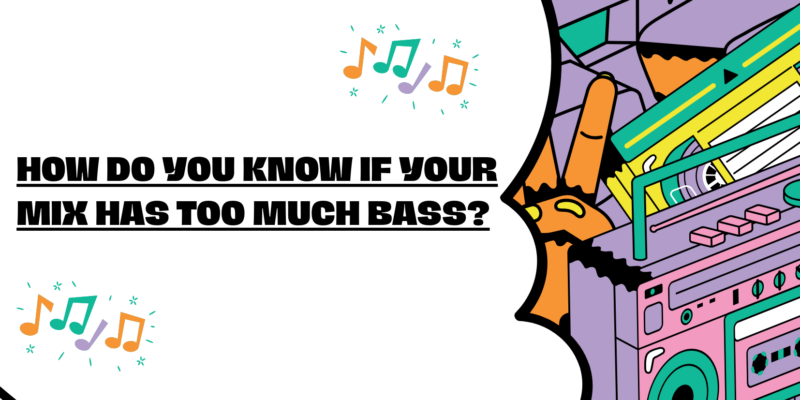Here are some signs that your mix has too much bass:
- The mix sounds muddy. Bass frequencies can overlap with the frequencies of other instruments, such as the kick drum and the guitar. If the bass is too loud, it can mask the other instruments and make the mix sound muddy.
- The mix feels boomy. Bass frequencies can create a physical sensation of fullness or boominess. If the bass is too loud, it can be overwhelming and uncomfortable to listen to.
- The mix is hard to listen to at high volumes. If the bass is too loud, it can distort at high volumes and make the mix difficult or even painful to listen to.
Here are some tips for checking if your mix has too much bass:
- Use a spectrum analyzer. A spectrum analyzer is a tool that can show you the frequency content of your mix. This can be helpful for identifying any areas where the bass is too loud.
- Compare your mix to other reference mixes. Listen to other mixes in your genre and compare the bass levels to your own mix. This can help you to get a better idea of what a good bass level is for your genre.
- Listen to your mix in different environments. Play your mix back in different environments, such as on headphones, in a car, and on a speaker system. This will help you to get a better idea of how the bass sounds in different contexts.
If you think your mix has too much bass, you can try the following:
- Cut the low-end frequencies. Use a high-pass filter to cut any unwanted low-end frequencies. A good starting point is to set the high-pass filter at around 20 Hz.
- Boost the mid-range frequencies. The mid-range frequencies of a bass guitar are typically in the 100-500 Hz range. These frequencies are responsible for the body and warmth of the bass guitar sound. Boosting the mid-range frequencies can help to make the bass guitar sound more present in the mix without making it sound muddy.
- Use a compressor. A compressor can help to tame the peaks in the bass guitar signal and make it sound more consistent and even.
- Use dynamic EQ. Dynamic EQ will only cut the bass when it clashes with the other instruments in your mix. This can be a helpful way to create a more balanced mix without sacrificing the bass sound.


